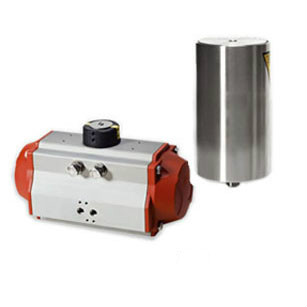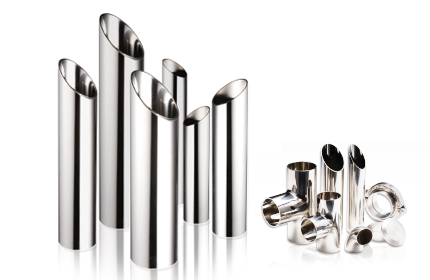Stainless Steel and Hygiene

Stainless steel is a popular choice worldwide as a durable material suitable for many different applications such as the sanitary valves industry. It is distinguished from ordinary steel, iron, and copper by its resistance to corrosion. Exposure to water and air causes rust and oxidation with many other metals, but with stainless steel, there is no effect – the items remain intact for their entire life.
Normally, the metal in good condition has a smooth surface, which makes it very easy to clean. Rust stains cause pitting in the metal, surprisingly large surface area and providing space for the reproduction of undesirable bacteria and microbes. This is particularly undesirable for cutlery and cooking utensils. With regard to cutting tools, rust can be very dangerous. These tools have the risk of piercing the skin or can even be designed for this purpose for example in the case of surgical scalpels. Tetanus is a major problem associated with rust – although it does not directly grow the tetanus bacteria, it is a preferred habitat. Stainless steel surgical instruments completely avoid this problem by being antitrust.
This amazing metal has been specially designed to resist rust. It is formulated as a chrome and steel license. Generally, the metal contains only 10-15% chromium, but this is sufficient to provide immunity against oxidation by the usual combination of water and oxygen. Chromium in the metal forms a protective film of chromium oxide, which effectively blocks iron oxide from forming and extending destructively deep into the material.
Because stainless steel is resistant to rust, it can be used in various ways that are not practical or expensive with ordinary steel. The piping is an excellent example. Many piping systems can cope by using PVC and copper. For volume requirements below low to moderately hot temperatures, they work perfectly well. For a system subject to greater stress due to constant high temperatures and high volume, steel is a more durable choice. Stainless steel is perfectly suited to work because it combines the strength and high melting point of ordinary steel with corrosion resistance, which means that the inside of the pipes remains in good condition for many years. A food processing plant, for example, would greatly benefit from the hygiene benefits of stainless steel sanitary fittings.
The use of metals can be considered more environmentally friendly than many plastics because of the ease with which they can be recycled. Although not biodegradable, stainless steel can be melted for reuse. Aside from the many benefits of hygiene and durability, stainless steel is also very pleasant to look at. The chrome/iron combination leads to a shiny and glossy surface and, of course, the corrosion resistance ensures that the surface remains as new. This makes the material particularly desirable for any item that is exposed at home or in the workplace.
In total, stainless steel has a combination of strength, aesthetics, and hygiene that makes it an excellent choice for tools, containers, machinery and countless other applications.





